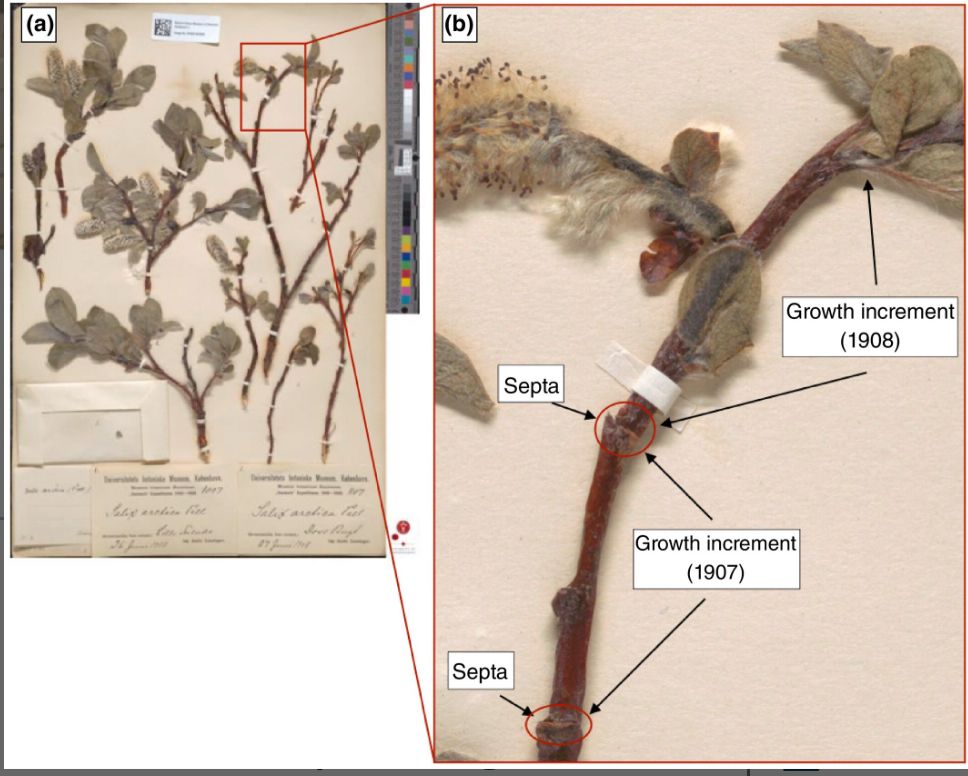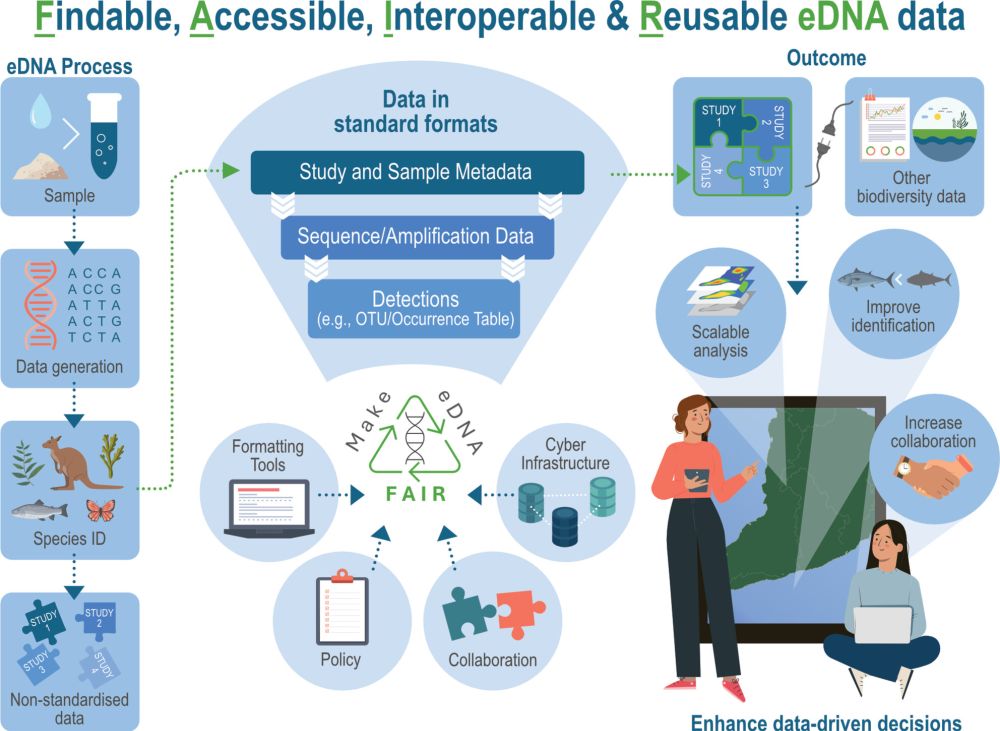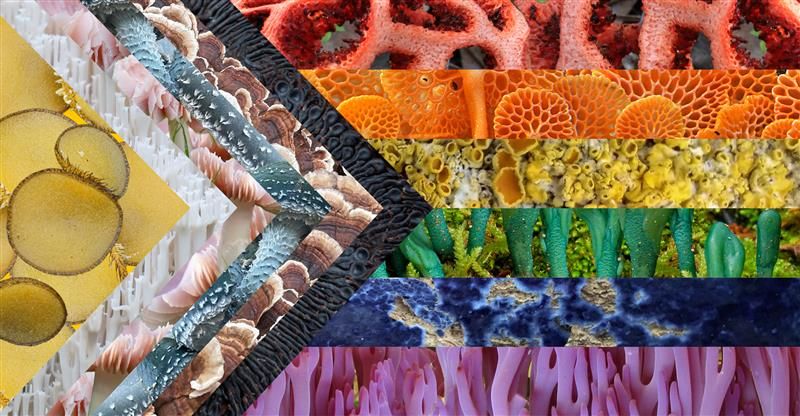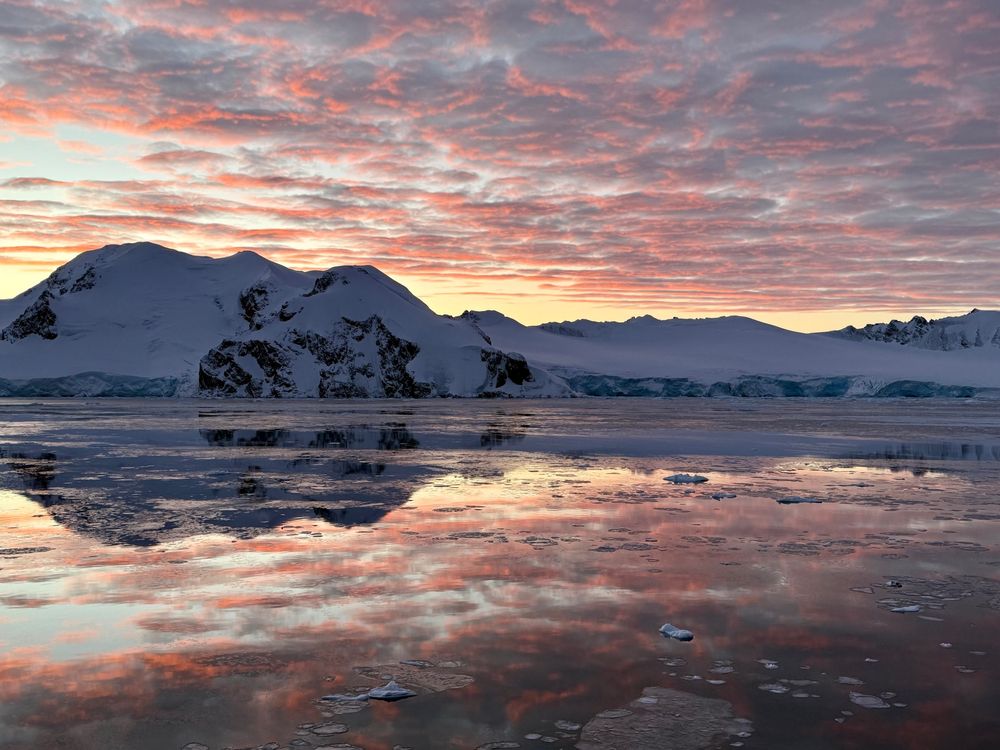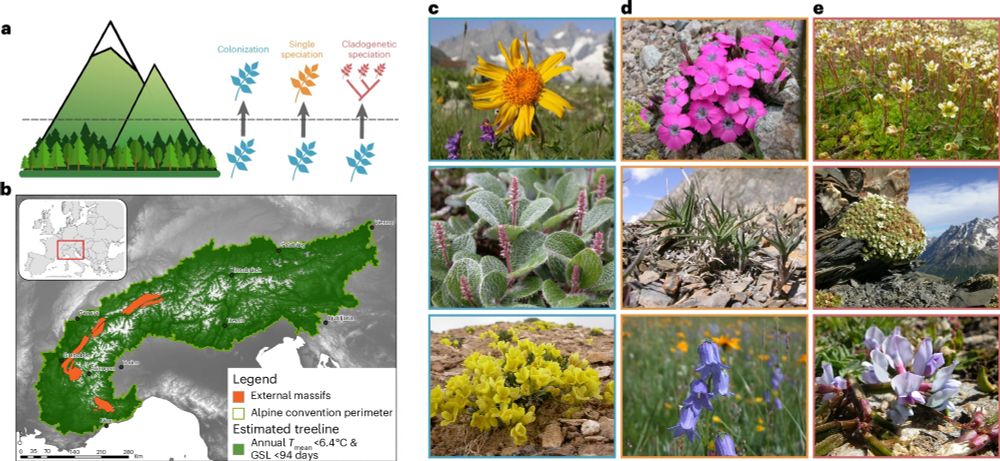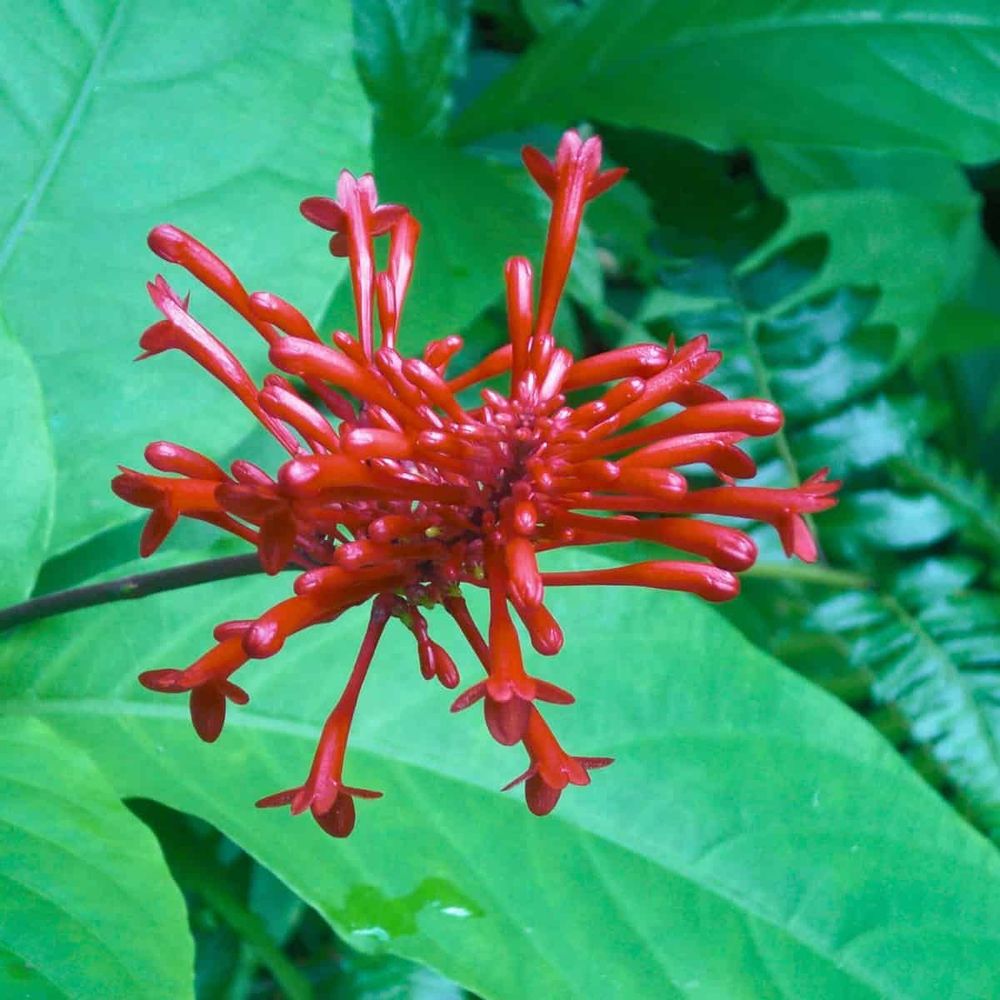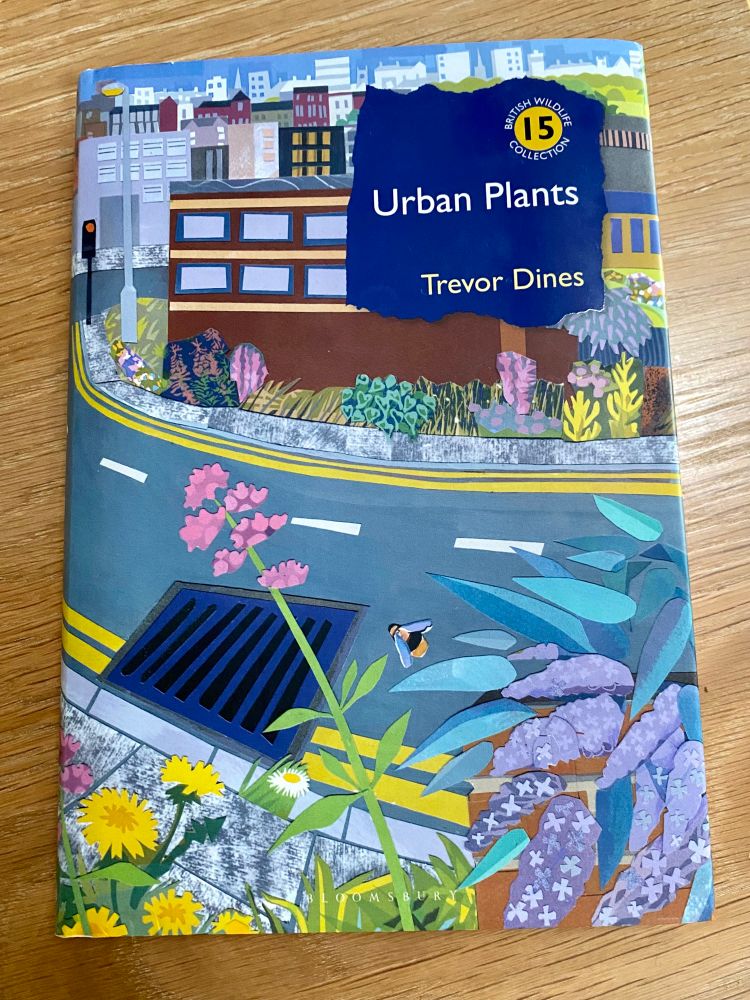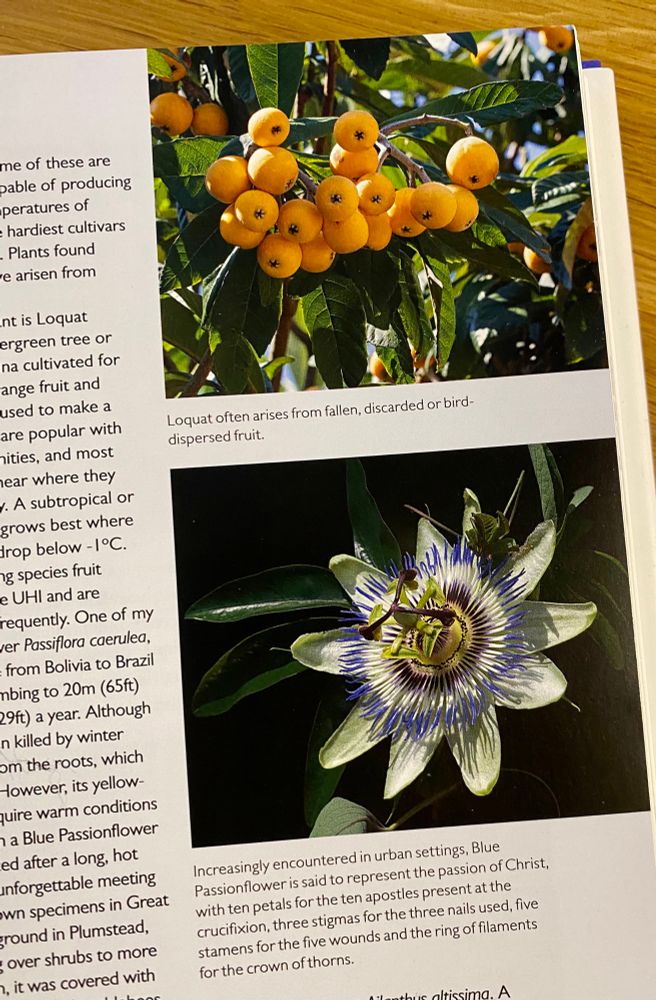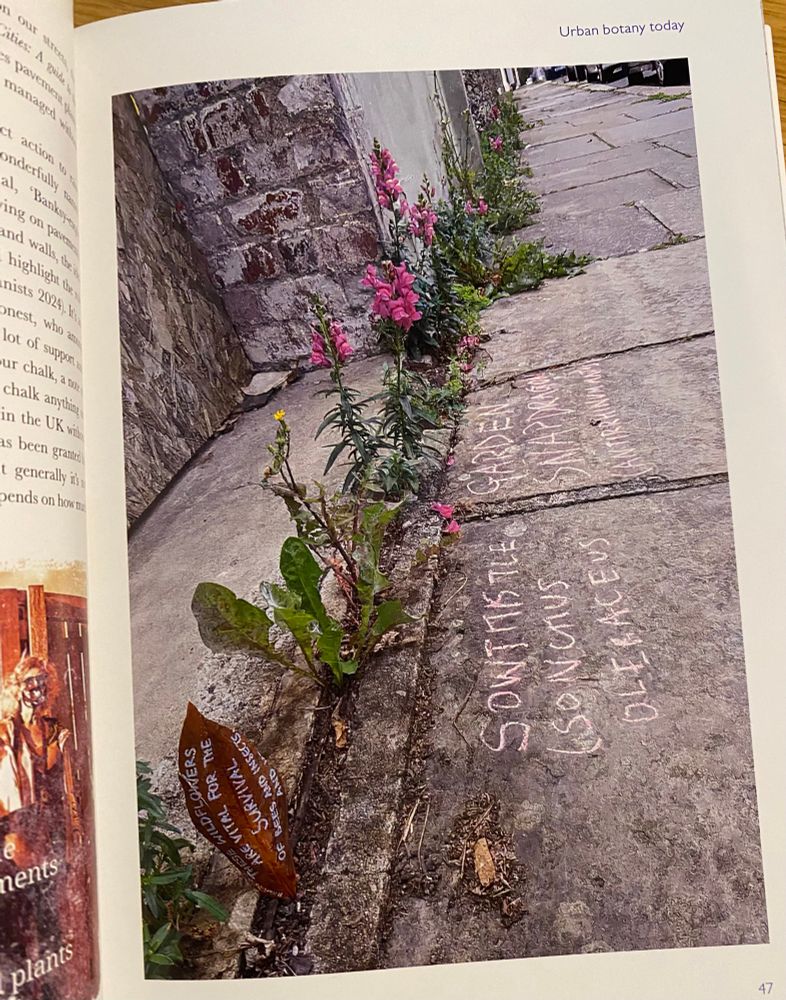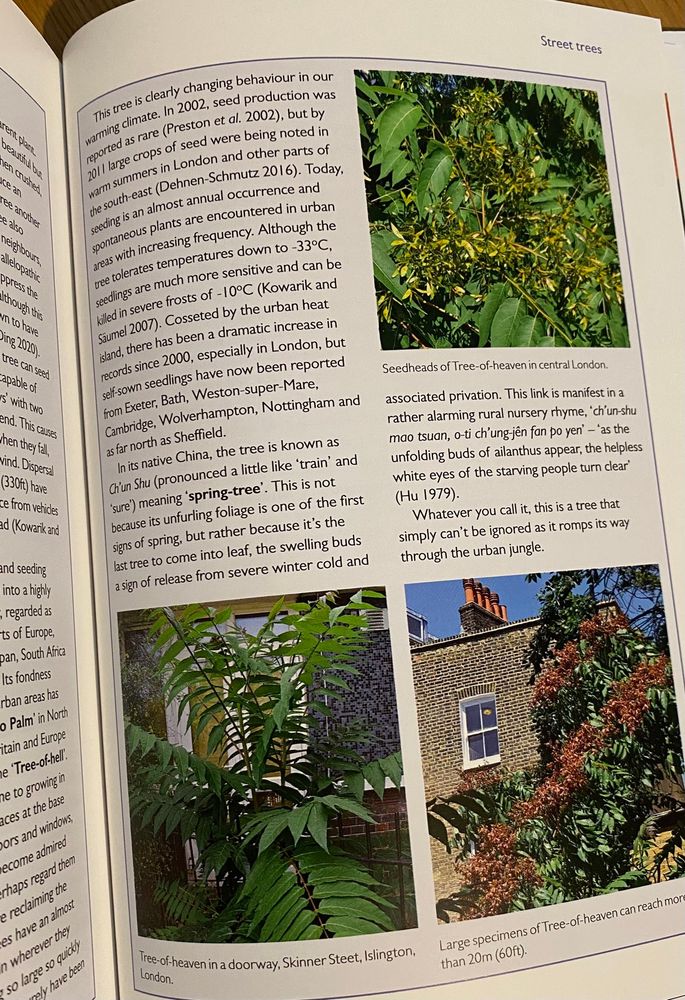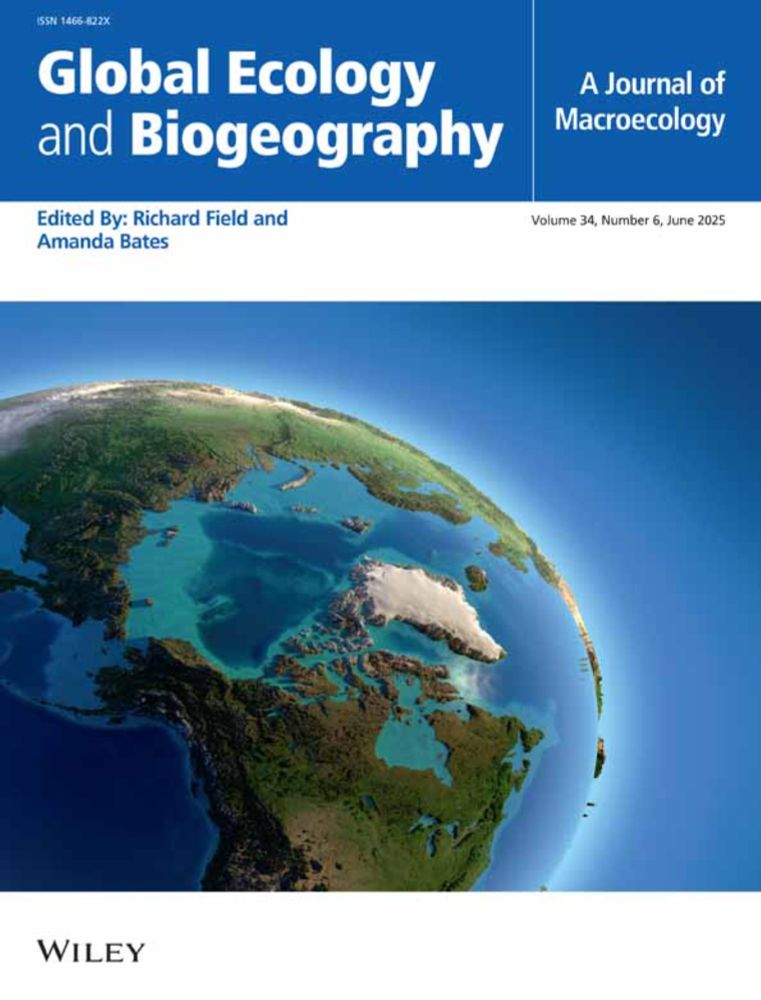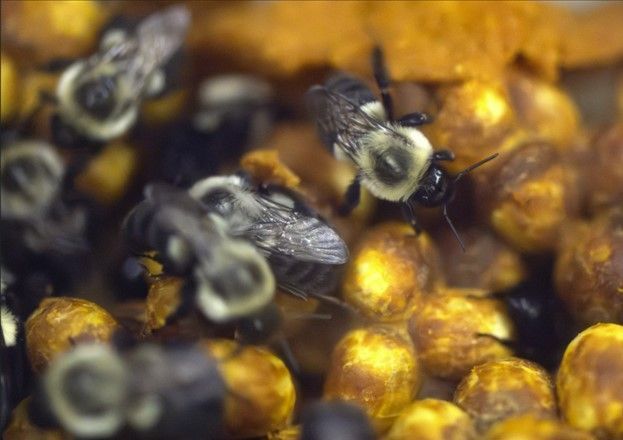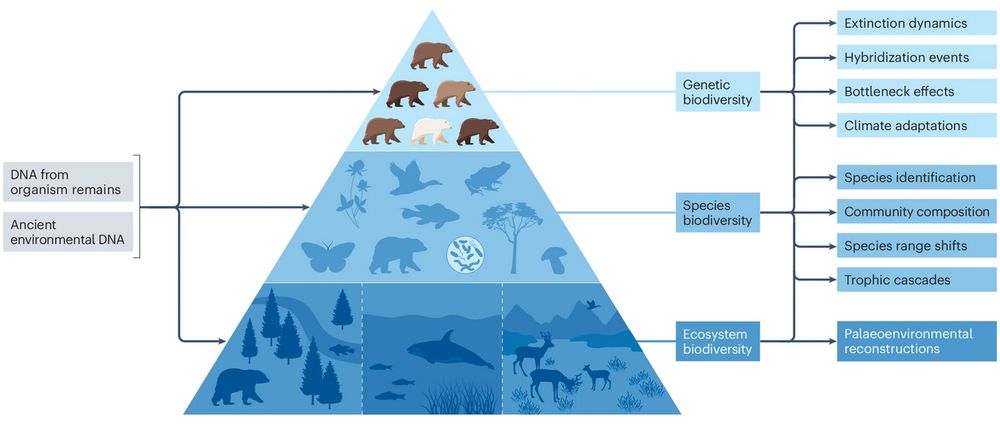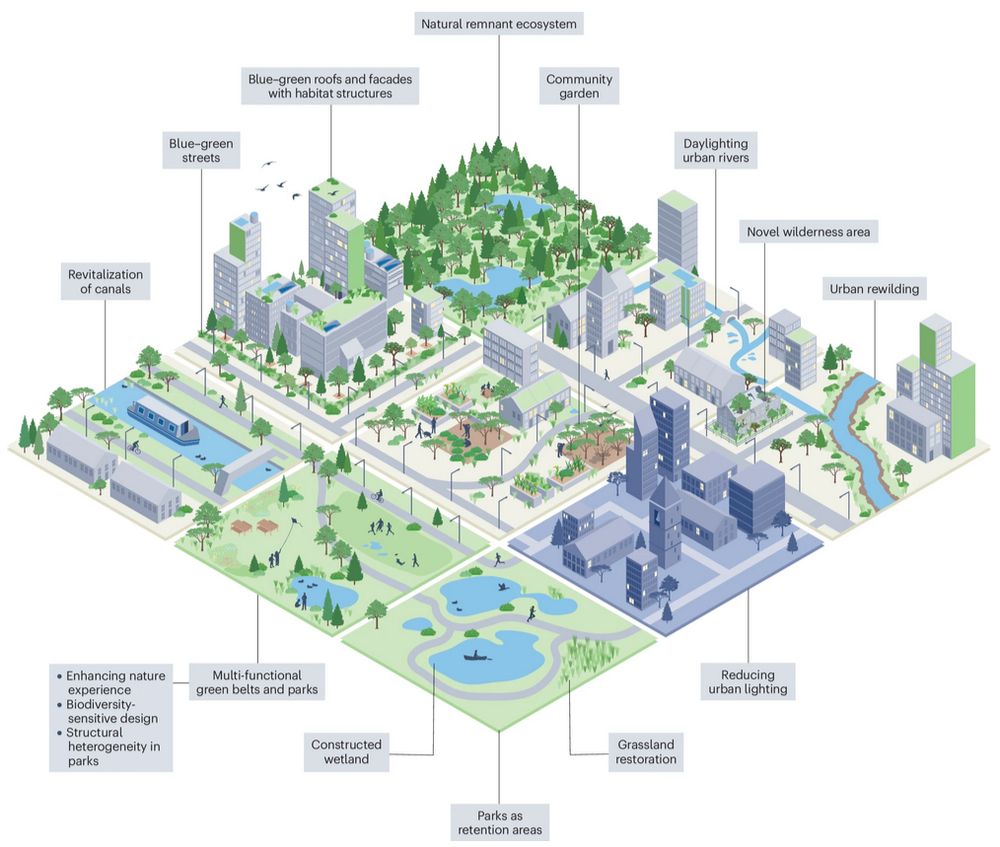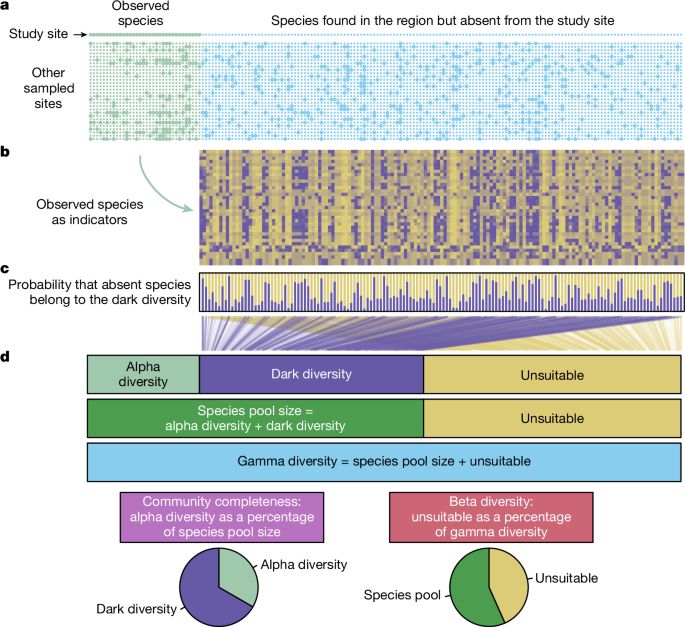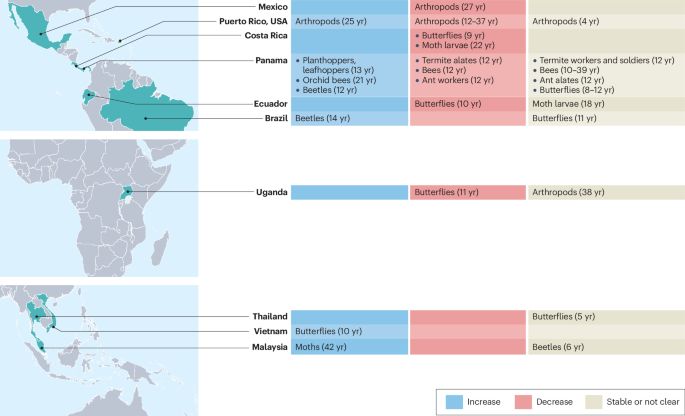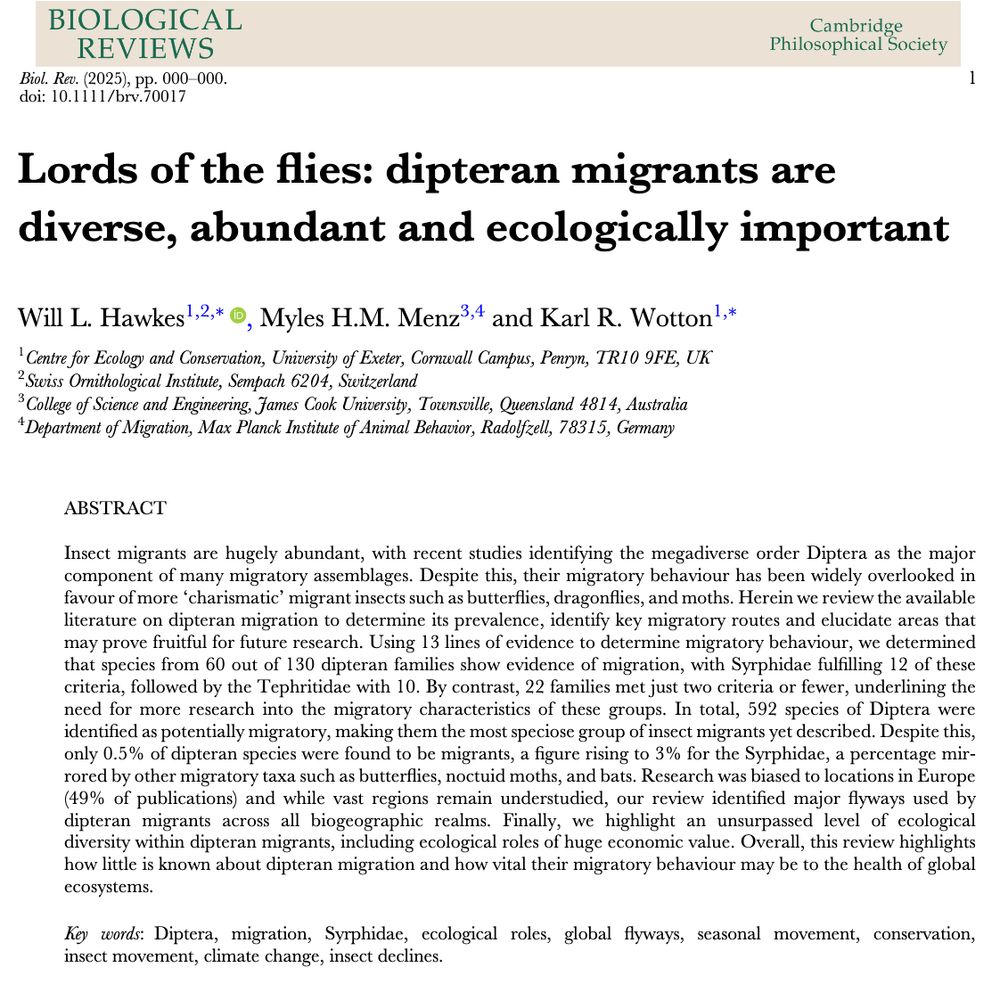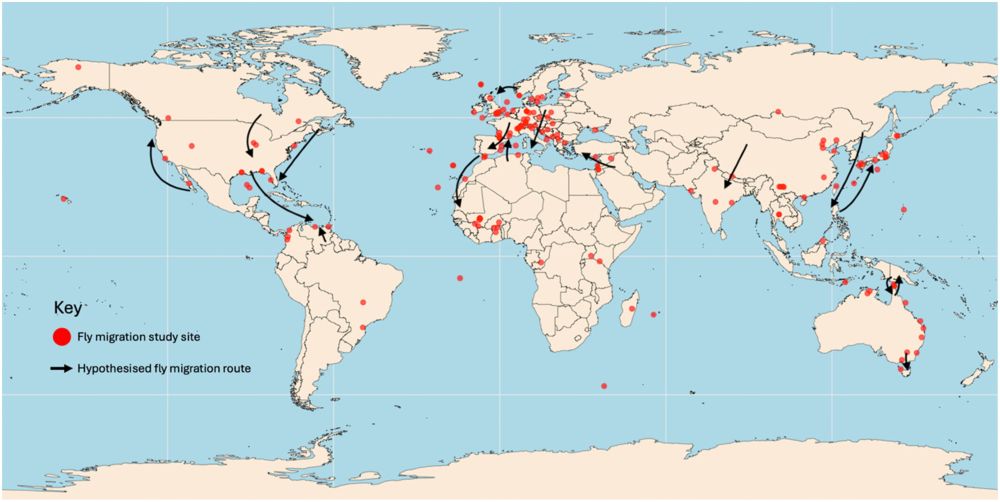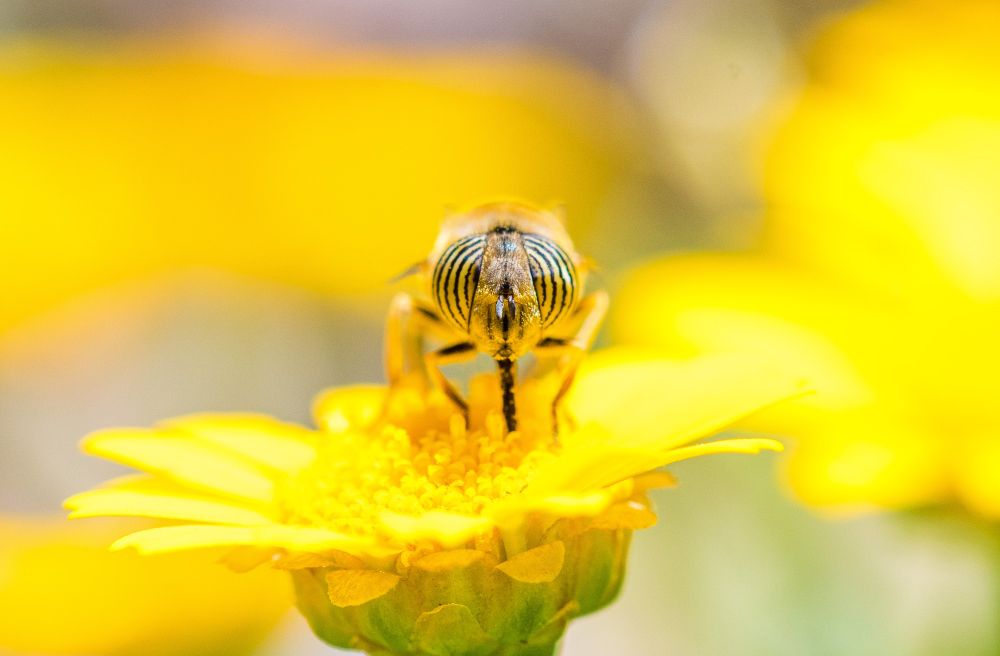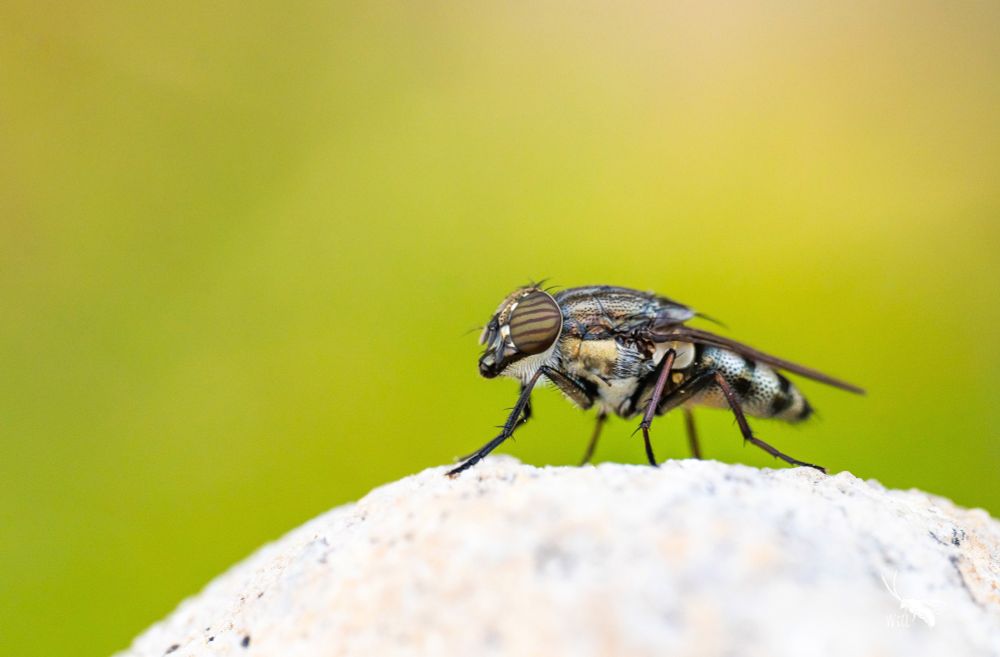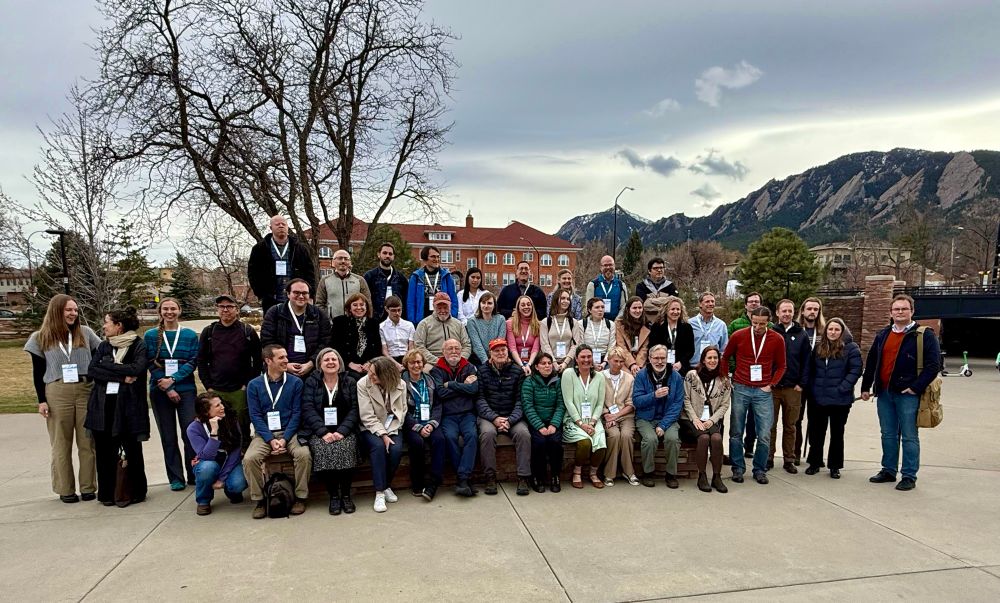Natasha de Vere
@ndevere.bsky.social
4.5K followers
2.2K following
90 posts
Biodiversity scientist focusing on plant-pollinator interactions & plant diversity 🌿🌸🐝 especially using eDNA, metabarcoding & museomics 🧬 Full Professor & Curator of Botany, NHM Denmark, University of Copenhagen.
Posts
Media
Videos
Starter Packs
Reposted by Natasha de Vere
Reposted by Natasha de Vere
Reposted by Natasha de Vere
Reposted by Natasha de Vere
Reposted by Natasha de Vere
Reposted by Natasha de Vere
Reposted by Natasha de Vere
Reposted by Natasha de Vere
Reposted by Natasha de Vere
Reposted by Natasha de Vere
Reposted by Natasha de Vere
Nianxun Xi 席念勋
@nianxunxi.bsky.social
· May 30
Reposted by Natasha de Vere
GLiTRS
@glitrs.bsky.social
· May 27
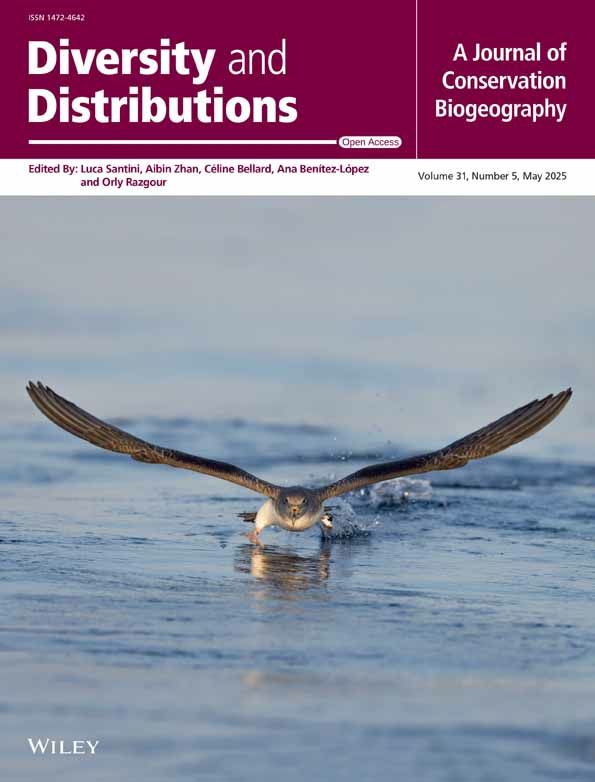
A Multithreat Meta‐Analytic Database for Understanding Insect Biodiversity Change
Aim Widespread declines in insect biodiversity have been attributed to a diverse set of anthropogenic drivers, but the relative importance of these drivers remains unclear. A key reason for this unc...
onlinelibrary.wiley.com
Reposted by Natasha de Vere
Reposted by Natasha de Vere
Reposted by Natasha de Vere
Reposted by Natasha de Vere
IPBES
@ipbes.net
· Apr 14
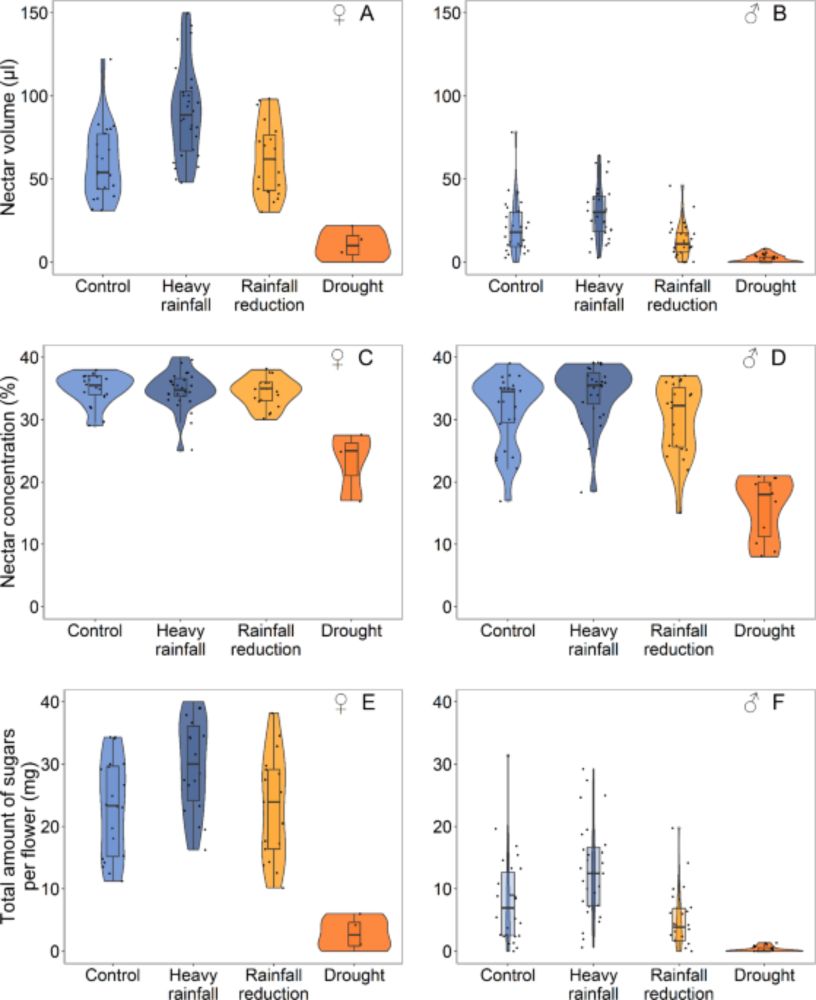
Extreme events induced by climate change alter nectar offer to pollinators in cross pollination-dependent crops - Scientific Reports
Scientific Reports - Extreme events induced by climate change alter nectar offer to pollinators in cross pollination-dependent crops
www.nature.com
Natasha de Vere
@ndevere.bsky.social
· Apr 3
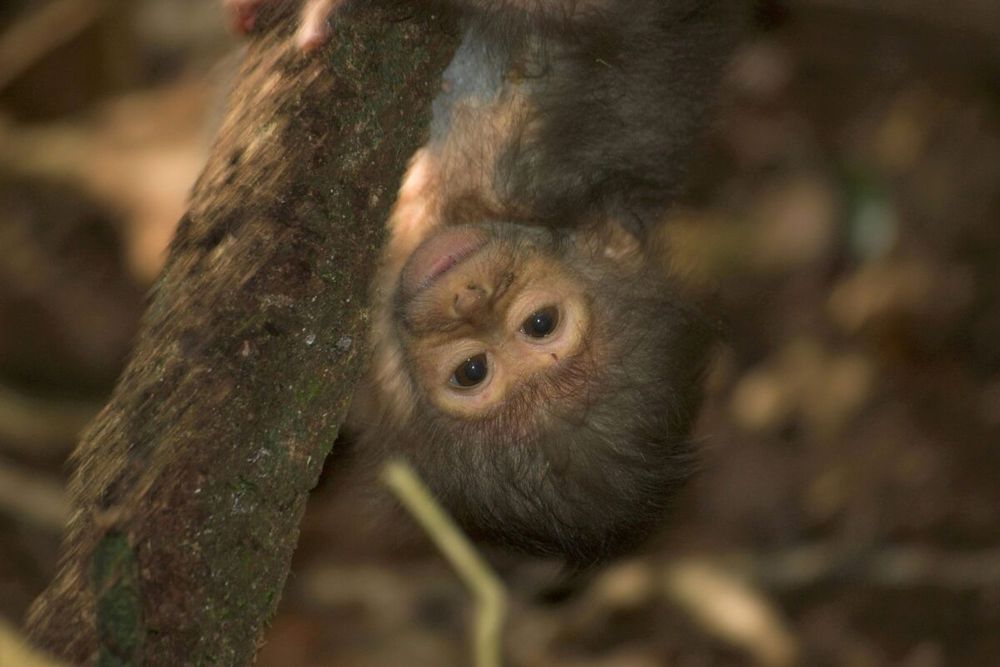
New strategy launched to protect Tanzanian biodiversity hotspot
Conservationists have launched a 20-year-long project to protect what is arguably Tanzania’s most biologically rich landscape: the Udzungwa Mountains. The strategy places notable emphasis on communiti...
news.mongabay.com
Reposted by Natasha de Vere
Reposted by Natasha de Vere



